
The sewing machine has revolutionized the textile industry and transformed the way clothes and other fabrics are stitched together. It was a remarkable invention that has stood the test of time and continues to play a significant role in our lives today.
The origins of the sewing machine can be traced back to the early 19th century. While various inventors and craftsmen attempted to create a functional machine, it was the French tailor, Barthelemy Thimonnier, who obtained the first patent for a practical sewing machine in 1830. Thimonnier’s machine used a hooked needle and a single thread to create a chain stitch. However, his invention faced initial resistance and hostility from fellow tailors, who feared the loss of employment opportunities.
Despite the initial skepticism, the industrial revolution brought with it a growing demand for textiles, driving the need for improved and efficient sewing methods. In the following years, several inventors made significant advancements in sewing machine technology. Isaac Merritt Singer, an American inventor, introduced the first commercially successful sewing machine in 1851. His machine featured a foot treadle mechanism and used a lockstitch pattern, which ensured stronger and more durable seams.
The invention of the sewing machine not only accelerated the production of clothing but also greatly impacted the lives of individuals. It provided a means for many women to earn a living by working as seamstresses or in garment factories. Mass production of clothing became feasible, enabling cost reductions and making fashionable attire more accessible to the general public. The emergence of the sewing machine marked a turning point in the textile industry, leading to increased efficiency, productivity, and innovation in garment production.
Key Features
- Mechanized Stitching:
- Versatile Stitch Patterns:
- Convenience and Ease of Use:
- Enhanced Durability:
The sewing machine automates the stitching process, significantly reducing the time and effort required in comparison to hand sewing. This feature enables faster and more efficient production of garments, making it possible to meet market demands.
The modern sewing machines offer a wide range of stitching patterns that can be adjusted based on the fabric, design, and desired outcome. From basic straight stitches to intricate embroidery, the versatility of stitch patterns allows for intricate and precise work.
Sewing machines are designed with user-friendliness in mind, making them accessible to beginners as well as experienced sewers. They come equipped with various features like automatic threader, adjustable speed, and built-in cutting mechanisms, simplifying the sewing process and enhancing precision.
The use of metal parts and advanced materials ensures the durability of modern sewing machines. They are built to withstand heavy usage and provide long-lasting performance, making them a valuable investment for sewers and manufacturers alike.

A diagram of sewing machine parts.
Modern Innovations
With technological advancements, sewing machines have evolved to meet the changing needs of the fashion industry. Computerized sewing machines now exist, featuring programmable stitch patterns and LCD screens for easy navigation and customization. These machines offer precise embroidery capabilities, allowing users to create intricate designs with minimal effort.
The integration of smart technology has made sewing even more accessible. Some machines can connect to mobile devices or computers, facilitating online tutorials and pattern downloads. The ability to automate certain tasks, such as cutting and finishing, further streamlines the sewing process.
In conclusion, the sewing machine’s journey from invention to innovation has undoubtedly played a pivotal role in shaping the garment industry. By significantly reducing the time and effort required to create clothing, it has empowered individuals and manufacturers alike. From basic sewing needs to intricate embroidery designs, the sewing machine continues to evolve, offering a wide range of customizable options that cater to the demands of both professionals and hobbyists. As technology progresses, the future of the sewing machine promises many exciting possibilities for the world of fashion and textile production.
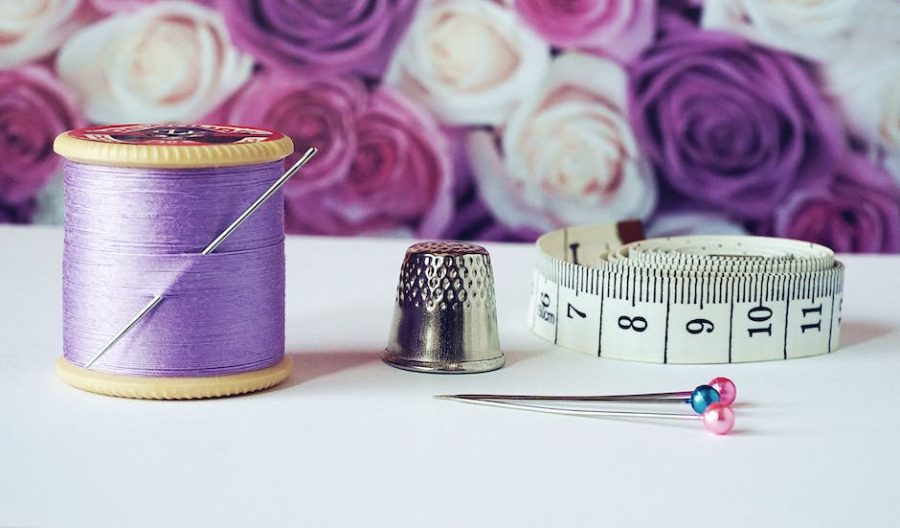
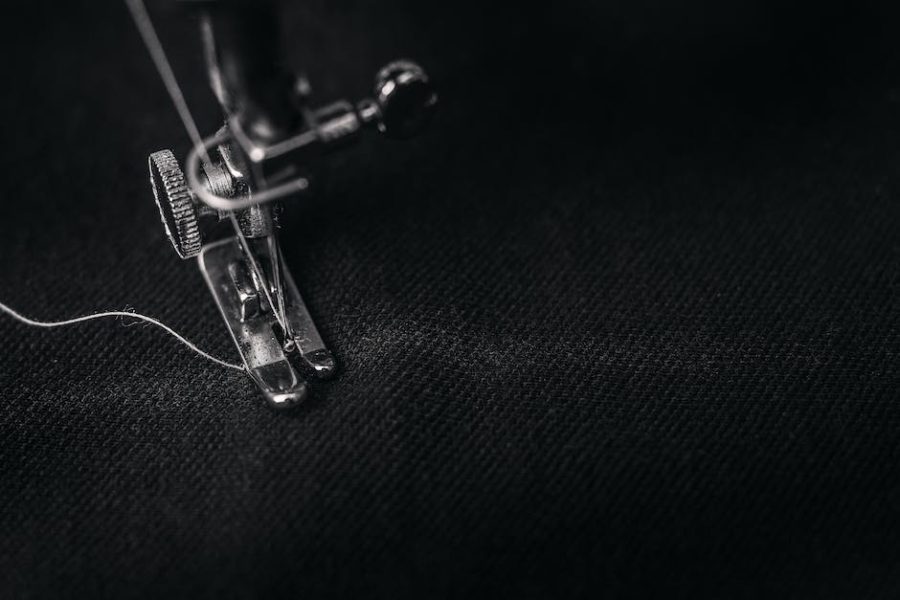
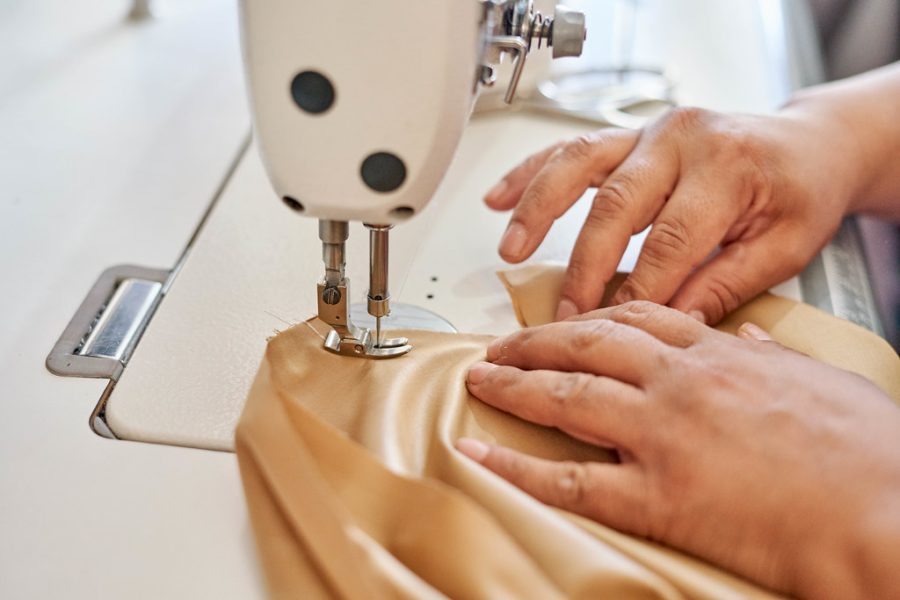
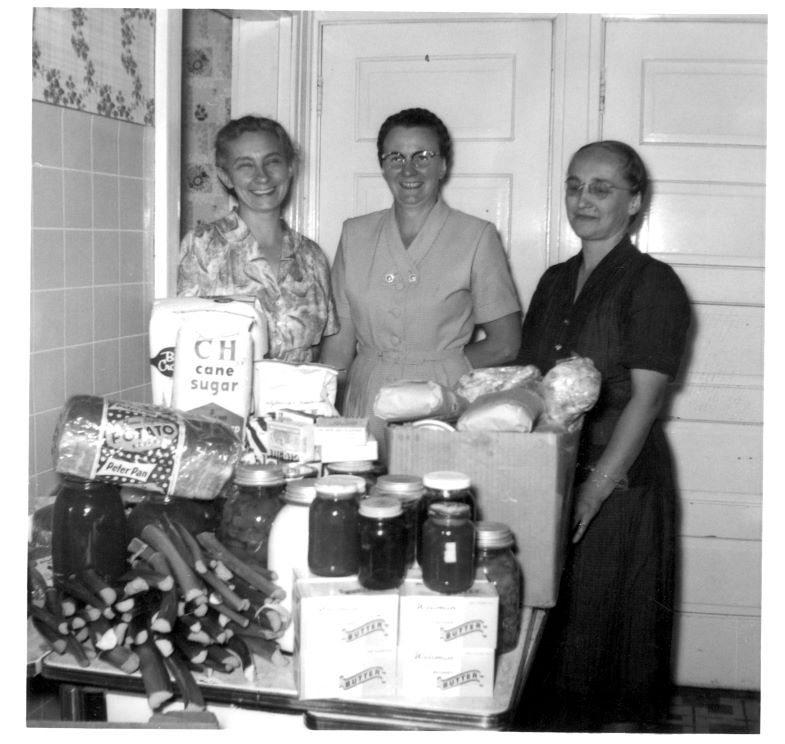
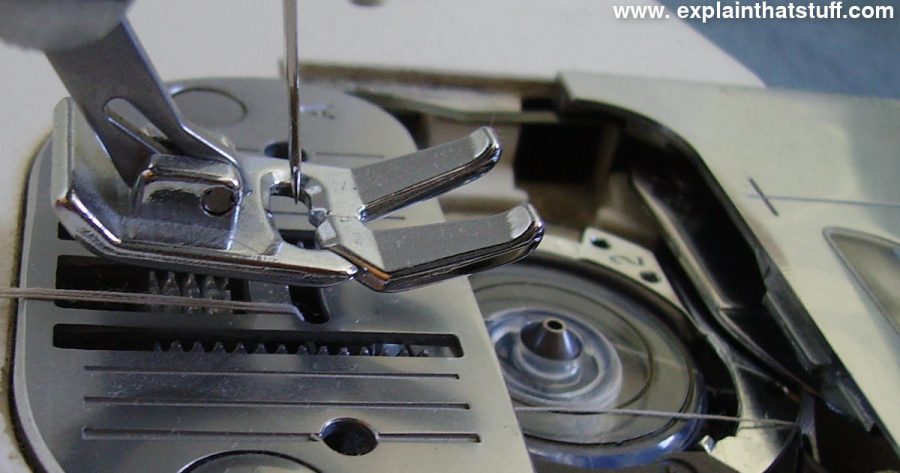
Great machine, highly recommend
Samantha Mazer: Love mine!
This is a great sewing machine! I’ve heard really good things from Trevon and Samantha, and even love mine personally. So if you’re looking for a reliable, quality sewing machine, this is the one for you!
Such an amazing product! Highly recommend.